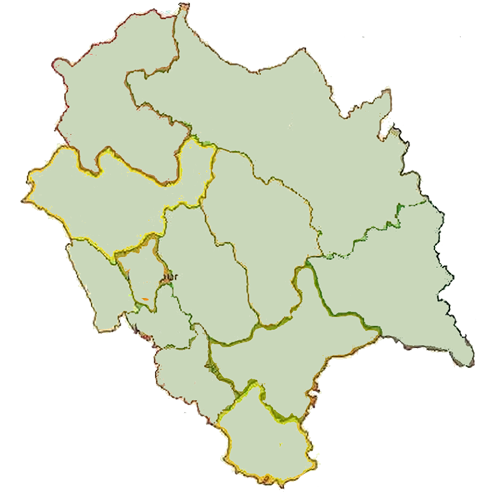

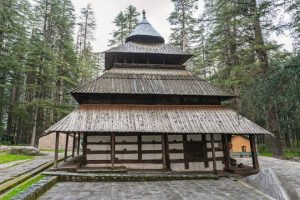

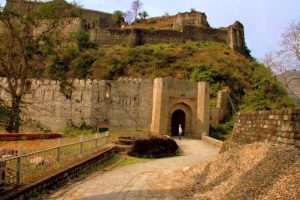



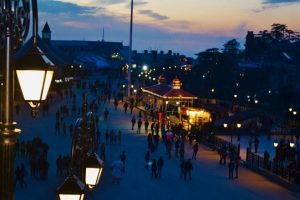

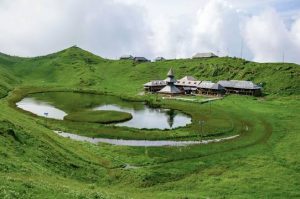

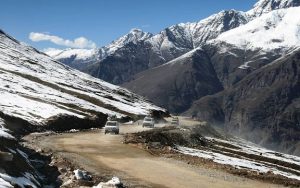

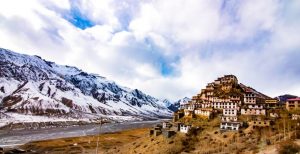

Mussoorie 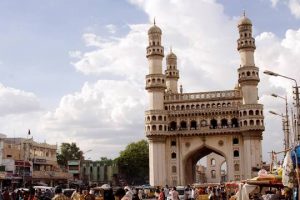
Dehradun 
Chamoli
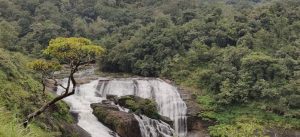
Haridwar
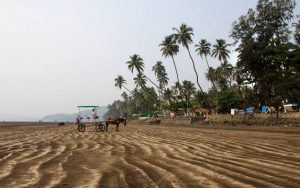
JimN.Park
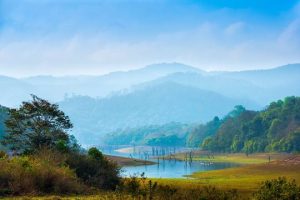
Lansdowne
Nainital
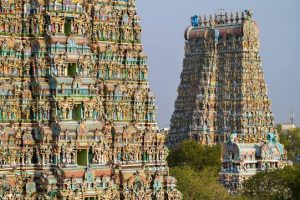
Dal Lake is a small mid-altitude lake near the village of Tota Rani in Kangra district of Himachal Pradesh state in northern India. The word Dal means ‘lake’ in several languages of the western Himalayas. The lake is surrounded by deodar trees and is considered to be a sacred spot as there is small Shiva mandir on its bank. There are different kinds of fish that live in this lake. The lake has greenish water. This lake is situated near Rikkarmar on Balan Dhar. There is also a temple dedicated to ‘Lord Driveshwar’ built by sage Agastya. This is also known as “Bhagsunag Lake”.
Tso Chigma or Chandra Taal, or Chandra Tal is a lake in the Lahaul part of the Lahul and Spiti district of Himachal Pradesh, India. Chandra Taal is near the source of the Chandra River. Despite the rugged and inhospitable surroundings, it is in a protected niche with some flowers and wildlife in summer. It is a favourite spot for tourists and high-altitude trekkers. It is usually associated with Spiti, but geographically is a part of Lahaul. Kunzum La separates Lahaul and Spiti valleys.
Shimla used to be the summer capital of the British Raj when they ruled India. Now it’s the state capital of Himachal Pradesh. The town sprawls along a mountain ridge, enveloped in oak, pine and rhododendron forests. It’s quite famous for its colonial-style buildings and historic railway. Some would stay it’s overdeveloped and crowded these days. However, it still has charm. The old Christ Church, with its beautiful stained glass windows, is one of Shimla’s most prominent landmarks.
Rohtang Pass is a high mountain pass on the eastern end of the Pir Panjal Range of the Himalayas around 51 km from Manali in the Indian state of Himachal Pradesh. It connects the Kullu Valley with the Lahaul and Spiti Valleys of Himachal Pradesh, India.
The Great Himalayan National Park is a national park in India, located in Kullu region in the state of Himachal Pradesh. The park was established in 1984 and is spread over an area of 1171 km²; altitudes within the park range between 1500 and 6000 m. The Great Himalayan National Park is a habitat to numerous flora and more than 375 fauna species, including approximately 31 mammals, 181 birds, 3 reptiles, 9 amphibians, 11 annelids, 17 mollusks and 127 insects. They are protected under the strict guidelines of the Wildlife Protection Act of 1972; hence any sort of hunting is not permitted. In June 2014, the Great Himalayan National Park was added to the UNESCO list of World Heritage Sites, under the criterion of “outstanding significance for biodiversity conservation”.
Hamta Pass is a corridor in the Himalayas, between the Chandra Valley in Lahaul and the Kullu valley of Himachal Pradesh, India. The pass is named after Hamta Village, below Sethan village. Lower Himalayan shepherds use the pass in summer for its high altitude grasslands in the summer, when the desert of Lahaul is barren.
